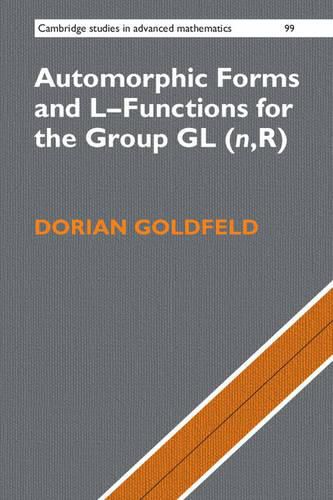Readings Newsletter
Become a Readings Member to make your shopping experience even easier.
Sign in or sign up for free!
You’re not far away from qualifying for FREE standard shipping within Australia
You’ve qualified for FREE standard shipping within Australia
The cart is loading…






L-functions associated to automorphic forms encode all classical number theoretic information. They are akin to elementary particles in physics. This book provides an entirely self-contained introduction to the theory of L-functions in a style accessible to graduate students with a basic knowledge of classical analysis, complex variable theory, and algebra. Also within the volume are many new results not yet found in the literature. The exposition provides complete detailed proofs of results in an easy-to-read format using many examples and without the need to know and remember many complex definitions. The main themes of the book are first worked out for GL(2,R) and GL(3,R), and then for the general case of GL(n,R). In an appendix to the book, a set of Mathematica functions is presented, designed to allow the reader to explore the theory from a computational point of view.
$9.00 standard shipping within Australia
FREE standard shipping within Australia for orders over $100.00
Express & International shipping calculated at checkout
L-functions associated to automorphic forms encode all classical number theoretic information. They are akin to elementary particles in physics. This book provides an entirely self-contained introduction to the theory of L-functions in a style accessible to graduate students with a basic knowledge of classical analysis, complex variable theory, and algebra. Also within the volume are many new results not yet found in the literature. The exposition provides complete detailed proofs of results in an easy-to-read format using many examples and without the need to know and remember many complex definitions. The main themes of the book are first worked out for GL(2,R) and GL(3,R), and then for the general case of GL(n,R). In an appendix to the book, a set of Mathematica functions is presented, designed to allow the reader to explore the theory from a computational point of view.